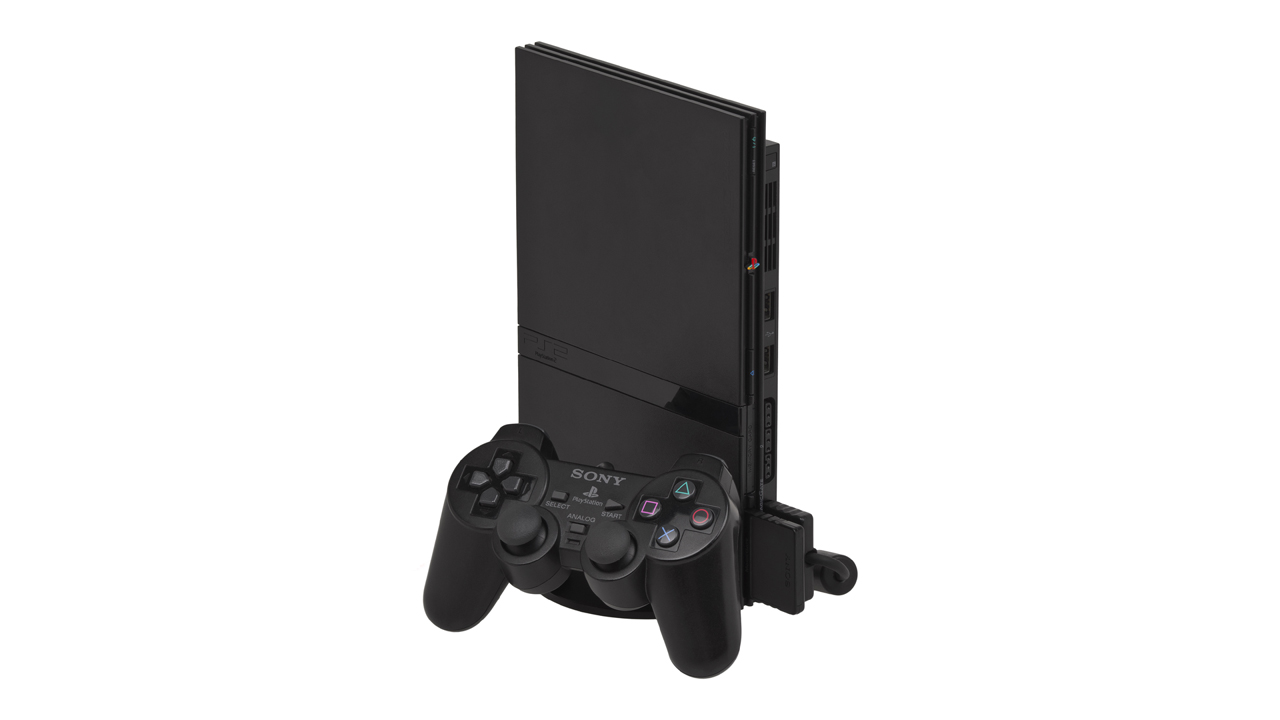After the massive success of Sony's original PlayStation, a follow-up console basically became a foregone conclusion. Rival Sega, which had utterly taken a beating with their ill-fated Saturn console, attempted to correct course with their next gaming system, the Dreamcast; even managing to get a jump on the competition by getting their new hardware to market over a year before anyone else. Sony, still enjoying their considerable lead in the race, was able to take some time in developing a proper successor to the PlayStation, and did ultimately succeed in delivering something truly worthy of following in that formidable console's footsteps.
The PlayStation 2 would officially be unveiled at the Tokyo Game Show on September 20, 1999, merely a week after the release of Sega's Dreamcast. Despite some savvy design decisions, a respectable library of new and upcoming titles, and the Dreamcast's modest early foothold in that generation's console race, it wouldn't be enough. The absolutely massive amount of hype leading up to, and then following, the October 26, 2000 North American launch of Sony's smartly-designed PlayStation 2 console would impact Dreamcast sales to the point that Sega would have to prematurely bring its run to an end, just five months later.
The hype was definitely warranted. In addition to doubling as a budget-friendly DVD player, and being backward-compatible with a massive collection of original PlayStation titles, the PS2 would boast its own substantial library of games - - one of the largest for any console, not only then, but ever. While a collection that large is bound to have at least a few stinkers, it also, of course, contained plenty of top-notch exclusives as well, both temporary, and permanent (at least for that generation). Please read on for a selection of 12 of the finest titles to ever grace the PlayStation 2.
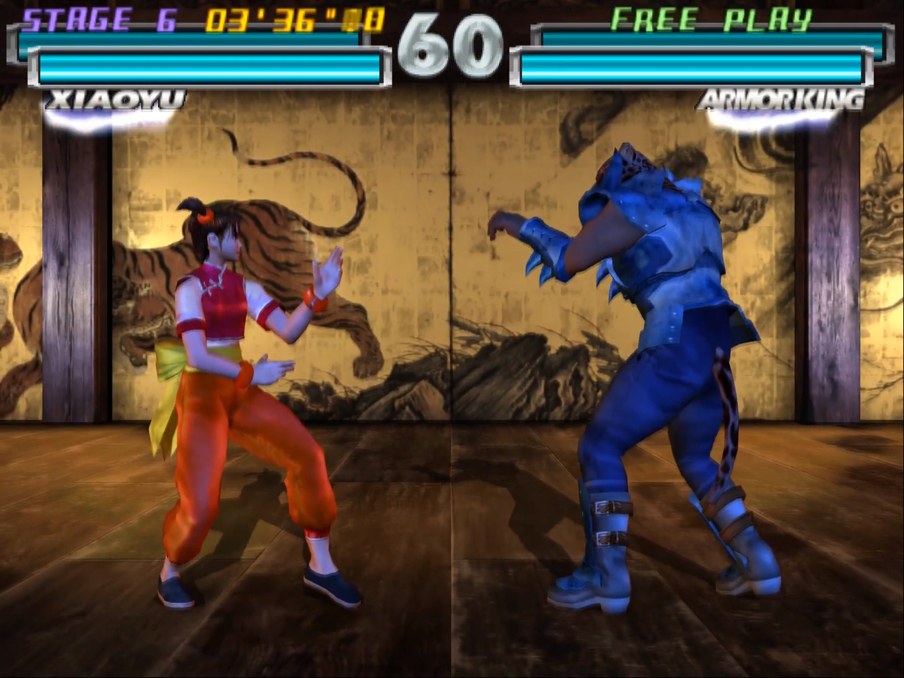
Tekken: Tag Tournament (Namco, 2000)
One of the biggest game franchises to become associated with the original PlayStation was none other than Namco's incredibly popular Tekken series of arcade fighting titles. Most notably, 1998's Tekken 3, which has since become regarded as one of the greatest fighting games ever made. It's no surprise then that one of the biggest titles to be released for the launch of Sony's PlayStation 2 console would also be a Tekken game. Specifically, a port of the 1999 arcade hit and 4th installment in the franchise, Tekken Tag Tournament. As something of a compilation title, Tag Tournament included nearly every character to appear in the three prior Tekken installments, and also featured a brand new two-on-two tag team gameplay mechanic (hence the name). Like Tekken 3, Tag Tournament was well-received by critics and fans alike and would also go on to become one of the early greatest hits titles for the console.
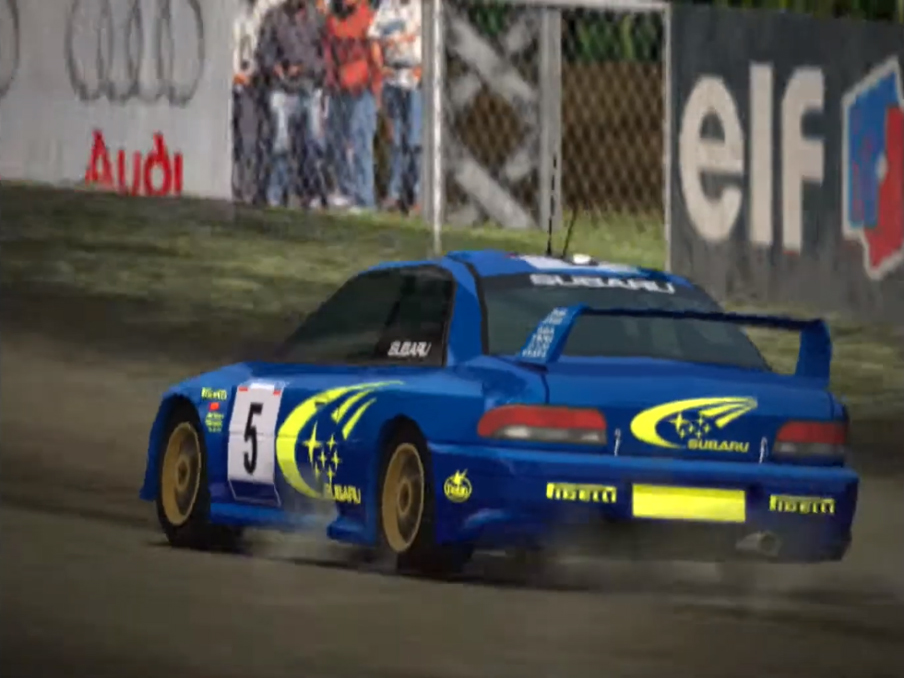
Gran Turismo 3: A-Spec (Polyphony Digital, 2001)
Like Namco with Tekken, Polyphony Digital also gained quite a lot of popularity on the original PlayStation with their outstanding Gran Turismo series of racing games. Also like Tekken, it was very little surprise that a GT title would be pulling up on the PlayStation 2 as well - - or that it would be a hit. Polyphony Digital made expert use of the powerful PS2 hardware to improve nearly every aspect of the experience, from graphics to sound design, car physics to the track environments, and from opponent AI to game performance. Gran Turismo 3 was a massive success, receiving near-universal acclaim, and serving as something of an early killer app, must-play experience, which by extension helped establish the PlayStation 2 as a must-own console.
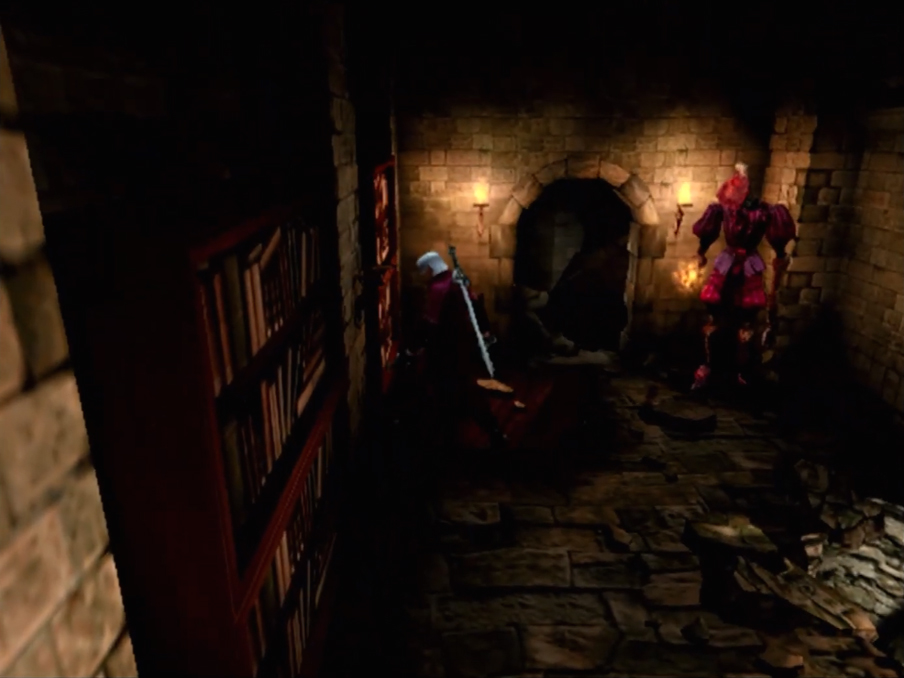
Devil May Cry (Capcom, 2001)
One of the early original titles for the PlayStation 2 was Capcom's Devil May Cry. What originally started out as an early prototype for Resident Evil 4 (a game that itself would eventually find its way to a very warm reception on the PS2) would ultimately be repurposed into a different property entirely. Though some of the music, stages, and enemies may have born a striking resemblance to those of a Resident Evil title, the game's cocky sword (and guns) wielding protagonist - - a half-demon devil hunter with supernatural abilities - - and much more action-oriented gameplay, were decidedly different. The game was well-received by fans and critics, with particular praise bestowed upon its crazy action, tight controls, and main hero Dante, who has since become one of Capcom's most popular characters, going on to appear in multiple sequels, and various other titles to boot.
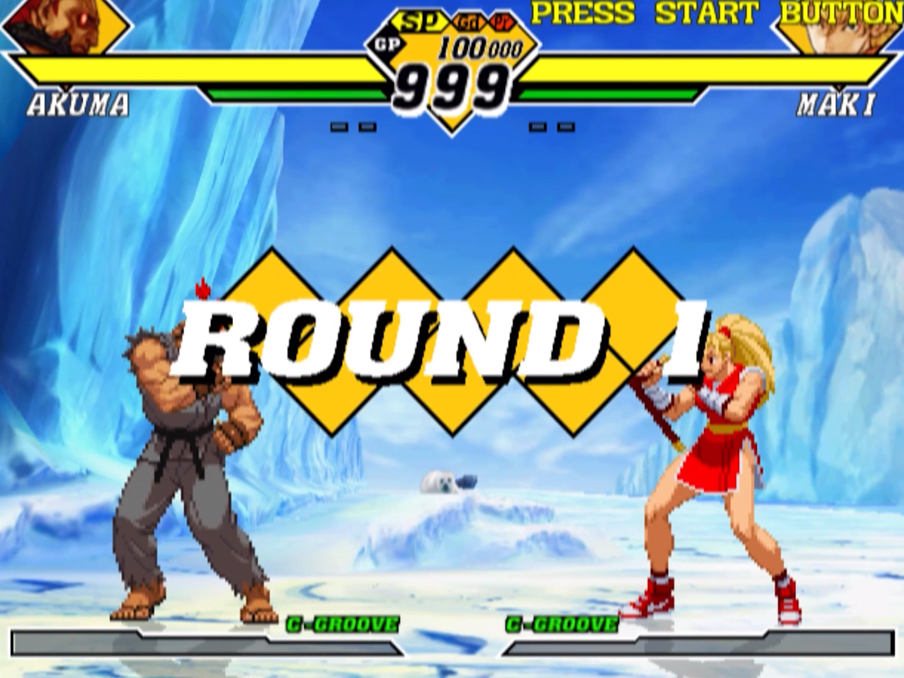
Capcom vs SNK 2: Mark of the Millenium 2001 (Capcom, 2001)
Of all the many dozens of 2D fighting games that Capcom and SNK characters have appeared in over the decades, Capcom Vs SNK 2 might just be one of the very best (for either side). While the first Capcom Vs SNK game was good, its sequel just boasted so many incredible improvements - - from the character roster, to the health bar ratio and "Groove" special meter systems, to the banging soundtrack, CVS2 was vastly better in nearly every conceivable way. The fact that the title arrived on the PlayStation 2 mere months after absolutely blowing gamers minds in the arcades was just icing on the cake for lucky owners of Sony's still new console. Though Capcom would eventually make a slightly tweaked version of Capcom Vs SNK 2 available to grateful GameCube and Xbox players as well, for nearly a year (in the West, anyway), the PlayStation 2 was the only console around that you could bring the brilliantly fun arcade port home to.
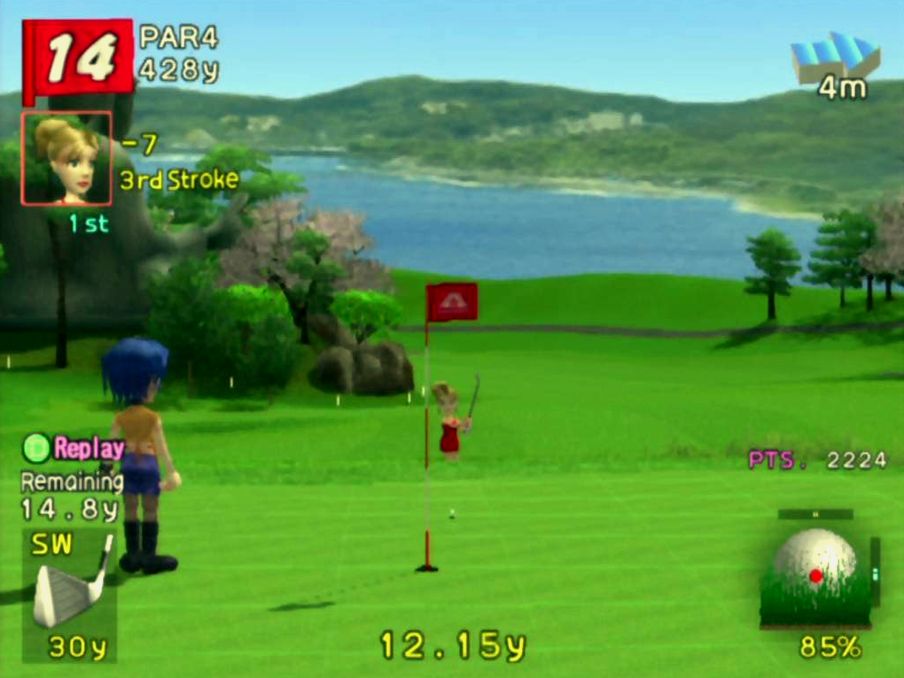
Hot Shots Golf 3 (Clap Hanz, 2002)
Along with its early 2000 follow-up, 1998's Hot Shots Golf (aka, Everybody's Golf) had expertly served as one of the best golf experiences to be found, not only on the 1st PlayStation console, but on any system at the time. Given this, it was little surprise that when the series made the inevitable jump to the PlayStation 2, things wouldn't be much different. Hot Shots Golf 3 brought the same excellent gameplay and unique style, with beautifully upgraded graphics, and a whole host of characters and new courses to unlock. Upon release, the game enjoyed rave reviews, and sold so well that it quickly became a greatest hits title for the console. Like the PS1, the PS2 would eventually receive a second Hot Shots title, with the equally fantastic 2004 release, Hot Shots Golf Fore! It was the 3rd installment, however, that made the bigger splash (in a good way) on the PlayStation 2.
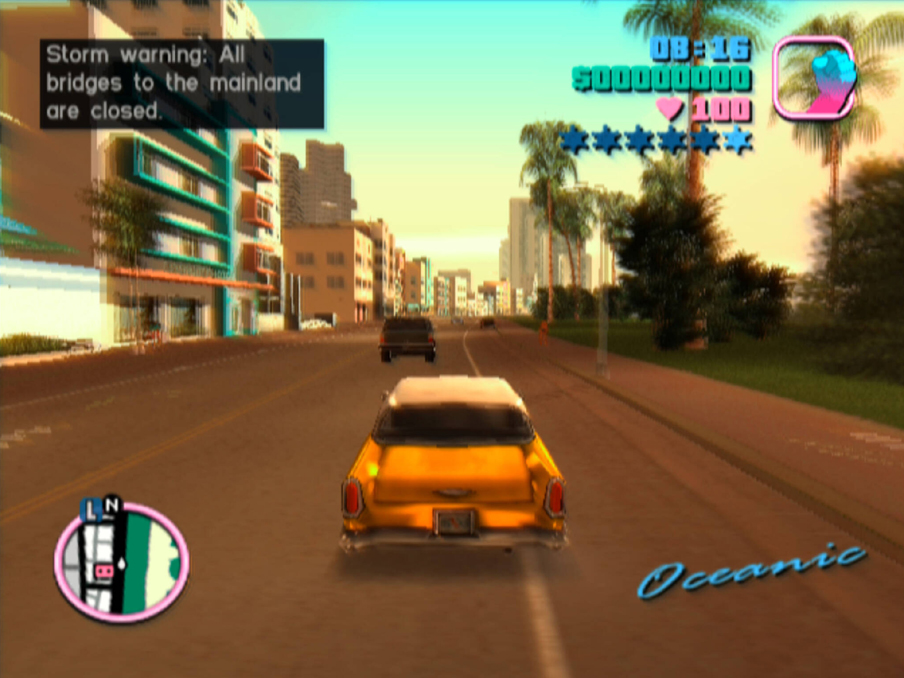
Grand Theft Auto: Vice City (Rockstar, 2002)
Rockstar's 2001 release, Grand Theft Auto III, was a landmark game for the PlayStation 2 that represented a major evolution for both the series itself, and for open-world games in general. The only reason it won't be appearing on this list is because it just so happened to be supplanted the very next year by the franchise follow-up entry, Grand Theft Auto: Vice City. For Vice City, developer Rockstar managed to up their game in nearly every single way compared to the previous installment, with a larger, more vibrant game world; thousands more lines of dialogue; incredible voice acting (thanks in no small part to the legendary, and now sadly late Ray Liotta); and one of the greatest gaming soundtracks ever assembled by man. Though Vice City, like most other GTA games, wasn't without its fair share of controversies, it was also an incredibly massive hit, winning multiple game-of-the-year awards, and becoming both one of the highest-rated and best-selling games, not only for the PlayStation 2, but of all time. While yet another fantastic series entry would also eventually hit the PS2, with 2004's near-equally-revered Grand Theft Auto: San Andreas, it's difficult to argue whether or not the magic of Vice City was ever truly surpassed (on that console, anyway).
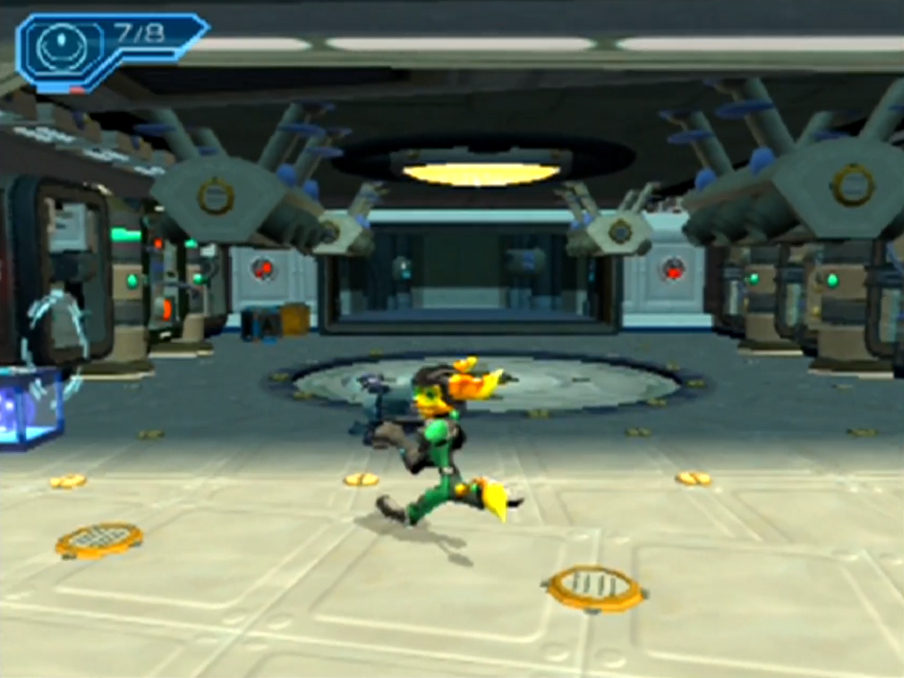
Ratchet & Clank 2: Going Commando (Insomniac, 2003)
The Ratchet & Clank franchise has long been a fan favorite, critically-acclaimed staple for multiple generations of PlayStation hardware. That all started on the PlayStation 2, with the 2002 original, Ratchet & Clank - - a title that was so well-received, that a follow-up game quickly became a foregone conclusion. For Ratchet & Clank 2: Going Commando, various improvements to the now-standard formula were implemented, including upgradeable weapons; a higher level of difficulty; and a pluckier, more mature-sounding main character (largely courtesy of James Arnold Taylor, who has expertly provided Ratchet's charmingly distinctive-sounding voice ever since R&C2). Like the first game, Going Commando was also lauded by critics, and would even be nominated for several best-of-year awards. While two more fantastic installments would also be released for the PlayStation 2 in the years that followed, neither would ultimately succeed in feeling quite as uniquely fresh, or as fun, as the true series high point on that console - - Ratchet & Clank 2: Going Commando.
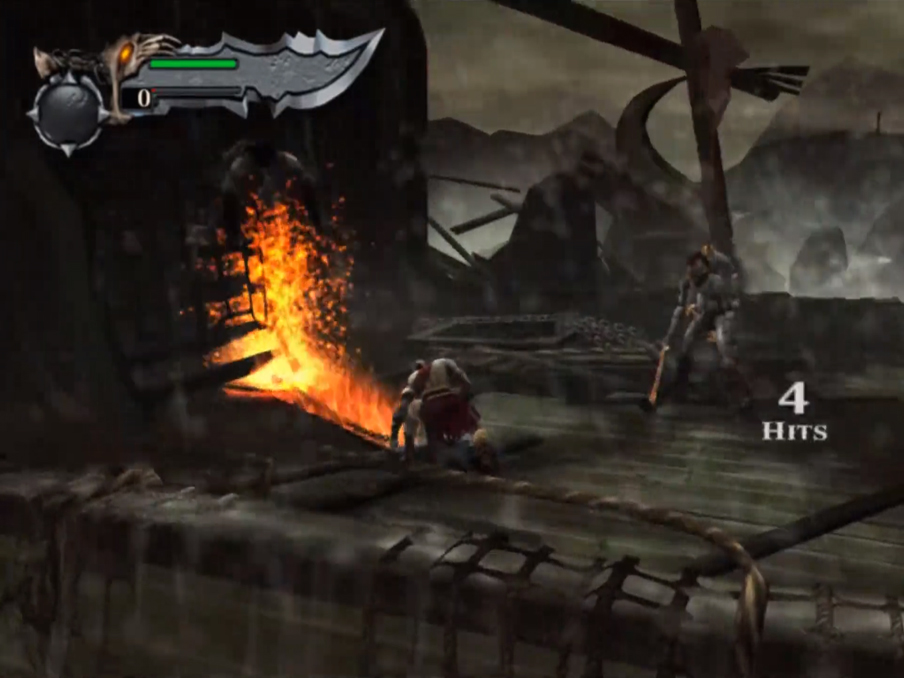
God of War (Santa Monica, 2005)
Inspired by Capcom's outstanding Onimusha and (aforementioned) Devil May Cry titles, Sony's own Santa Monica Studio decided to set about creating a stylized swordplay action game of their own. To set it apart however, Santa Monica opted to use a mythological fantasy version of anciet Greece. The result was God of War, a game that became both famous and widely-acclaimed for its gratuitous violence and its satisfying combo-based combat mixed with just the right amount of platforming and puzzles. The title would go on to spawn a number of incredibly popular sequels across multiple generations of future PlayStation hardware, including 2007's equally epic God of War II, a game which would ultimately serve as one of the last big hits to grace the PS2.
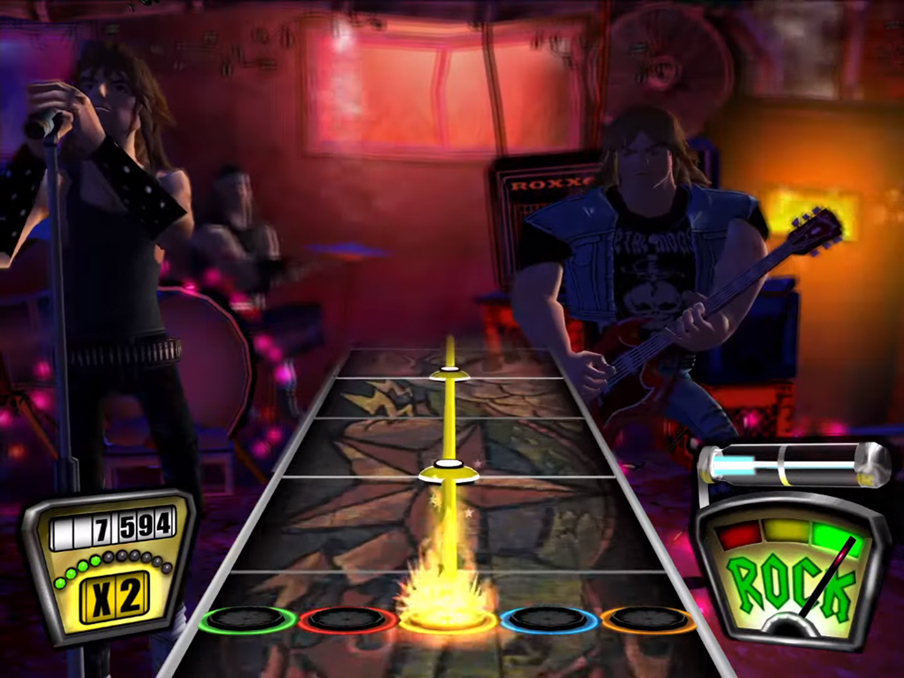
Guitar Hero (Harmonix, 2005)
In the late '90s and early 2000s, music/rhythm games took the arcades of the world by storm, particularly the Dance Dance Revolution series from Konami and their music video game division, Bemani. The Japanese company didn't stop with dancing, however, as multiple iterations of HipHop/Beatmania, DrumMania, and GuitarFreaks machines would also be released over the years, beginning right around the same time frame. But while several versions of Dance Dance Revolution would be ported to a multitude of consoles, including the PlayStation 2, few if any of the other Bemani titles would ever reach Western shores, outside of the arcades.
This notable absence created an opportunity that North American game peripheral company RedOctane decided was too good not to capitalize on. So they partnered with American music/rhythm game developer, Harmonix (which had also previously been tapped by Konami to create their console-based Karaoke Revolution franchise), and truly struck gold. The result was Guitar Hero, a PS2-exclusive guitar peripheral-based music/rhythm title that would prove so immensely popular, it would give rise to a billion dollar franchise, including several hit sequels on both the PlayStation 2 and PlayStation 3 (among others), and would actually become regarded as a worldwide cultural phenomenon.

Dragon Quest VIII: Journey of the Cursed King (Level 5, 2005)
While the PlayStation 2 was fortunate enough to be the recipient of several high-quality RPGs during its lengthy run, it would be difficult to argue that the majority of those could have ever topped the title created by the all-star dream team of newly-combined behemoth publisher, Square Enix; incredibly talented developer, Level 5; and legendary manga/anime artist, Akira Toriyama (who was sadly lost to the world, earlier this very year). Dragon Quest VIII: Journey of the Cursed King represented a masterful upgrade to the series, boasting fantastic new features like beautiful cel-shaded, fully 3-dimensional graphics; a massive, incredibly detailed world map; a handy Alchemy Pot item creator; and the Dragon Ball Z-esque power focusing tension battle system. Unsurprisingly, Dragon Quest VIII was a huge hit with critics and fans alike, actually managing to set records as both one of the fastest and best-selling PS2 games, not just for the week it came out, but of all time. While Nintendo's 3DS handheld would also eventually receive a top-notch port of the game, this would not occur until nearly 2 full console generations following its PlayStation 2-exclusive debut.
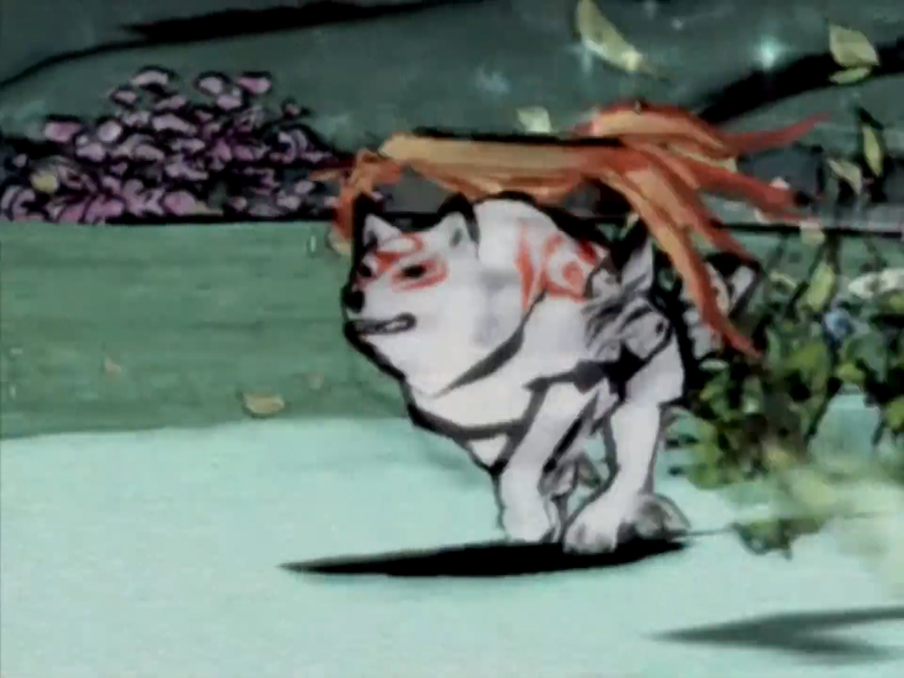
Okami (Clover, 2006)
The idea for what would eventually become Okami began as a realistic-looking demonstration of a wolf running through a forest. As work on the project progressed, the development team at Capcom's Clover Studio would run into problems getting such a graphically sophisticated title to run properly on the by then aging PlayStation 2 hardware. At a certain point, they were inspired to incorporate traditional Japanese mythology and art styles into the game.
Doing this not only resulted in the team being able to properly flesh out the story, setting, and gameplay mechanics for Okami, but it also led to its final stylized cel-shaded look, which conveniently enough resolved the hardware issues as well. Upon release, the game was hailed for its beauty and style, as well as for representing an outstanding achievement in gaming. While ports would eventually follow on Nintendo's Wii console and various other platforms, for over a year and a half, the PlayStation 2 was the only place around that the wonder of Okami could be experienced.
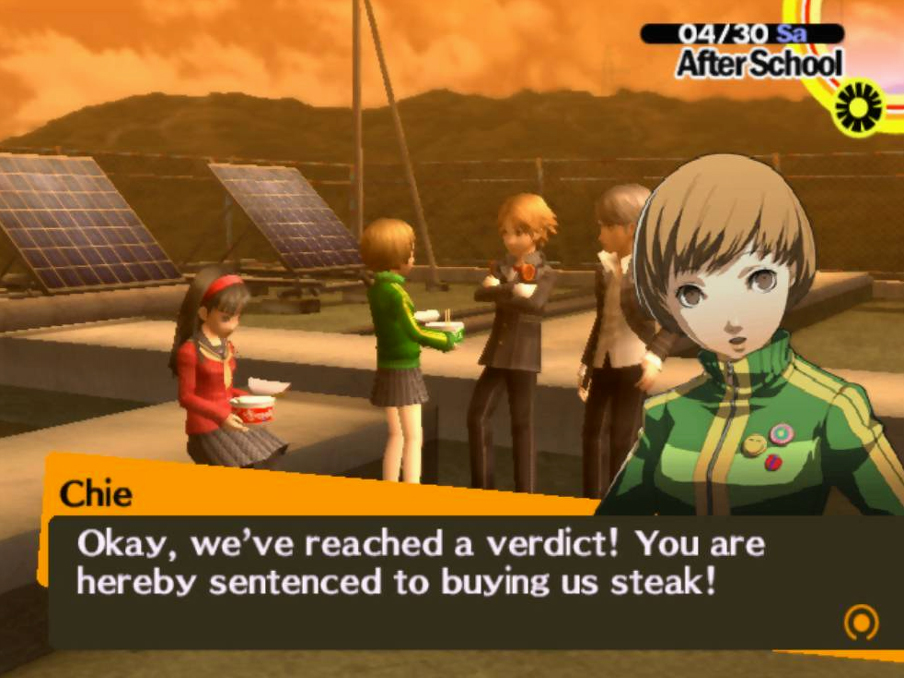
Shin Megami Tensei: Persona 4 (Atlus, 2008)
As noted for the reasons indicated above, Dragon Quest VIII was undeniably right at, or very near, the top of the list of the best RPGs to ever appear on the PlayStation 2. If there was one PS2 RPG that may have rivaled (or possibly even surpassed) that exceptional title, however, it could only have been developer/publisher, Atlus's, absolutely brilliant 2008 console exclusive, Persona 4. While their previous installment, Persona 3, had also been a well-received PlayStation 2 release, Atlus decided to make a few improvements to the formula for the 4th numerical entry.
For starters, the development team focused extra attention on the story and gameplay elements, particularly with regards to the battle system control. They also tapped professional animation company, Studio Hibari, to create the anime style cutscenes for the game. As an added retail bonus, Atlus graciously opted to include a soundtrack CD inside every single copy of the original North American version of the title, so fans could continue enjoying an incredible selection of Persona 4's fantastic music tracks, even after they had put the game down.
Persona 4 garnered rave reviews upon release, enjoying an even warmer reception than the previous entry had. Though the title remained a Sony exclusive for the relatively short remainder of the PS2's life, it would eventually be ported to a variety of other platforms. Since its initial release, Persona 4 has become widely regarded as, not only one of the finest RPGs to grace the PlayStation 2, but one of the greatest games ever made for any console.
By learning from the many mistakes of made by their competitors, capitalizing on the success of their first PlayStation console, and smartly taking advantage of the growing DVD format, Sony was able to release the best possible technology at the best possible moment. Despite not being first out of the gate for the next generation of consoles, the PlayStation 2 was quickly able to overtake Sega's Dreamcast. So compelling was the PS2, and so enthusiastic were its fans and supporters, that even its other, more powerful rival systems, the Nintendo GameCube, and Microsoft Xbox, struggled to compete with it.
Offering backward compatibility with PlayStation 1 titles meant that, even on launch day, brand new PS2 owners already had thousands of games to choose from. Meanwhile, being Sega's second disc-based game console to not offer it made the Dreamcast an all the less compelling proposal for its potential purchasers. Since the GameCube was the first Nintendo console to utilize a disc-based format (and they weren't in the habit of bothering with backwards compatibility for their non-portable consoles anyhow), and Microsoft didn't even have a prior console to carry over support for, this left the PlayStation 2 as the only TV console of that generation to offer such a feature. Quite literally putting Sony's new console in class all of its own.
Choosing DVD as the media format for the PlayStation 2 was an inspired move, as no other console maker had utilized it yet. DVD movies were rapidly gaining popularity at the time and the format also wasn't subject to the rampant piracy problems that Sega's Dreamcast suffered with its easy to copy GD-ROM discs. Not only could the PlayStation 2 play DVD movies straight out of the box, but the console itself was actually priced lower than most home DVD players on the market at the time (and most of those couldn't play games as well). While then console newcomer Microsoft would also choose the DVD format for their own Xbox hardware (the only other console of that generation to offer the feature), the Xbox wouldn't launch until over a year after the PS2, and would additionally require the separate purchase of a special adapter in order to enable DVD movie playback functionality.
These brilliant decisions by Sony resulted in their PlayStation 2 becoming the best-selling console of all time, with nearly triple the sales of its competitors' systems at the time - - combined! All of this success may have caused Sony to become a bit overconfident, however, as they would end up making some pretty sizable blunders with the design and 2006 launch of the PS2's successor console, the PlayStation 3. Although this temporary setback did allow both Nintendo and Microsoft to dethrone Sony over the course of the console generation that followed, Sony would eventually learn from their mistakes and take action to correct many of them; ultimately leading to them successfully overtaking Microsoft, while still giving Nintendo a run for their money. Not long after the inevitable PlayStation 4 console hit the market in 2013, Sony managed to reclaim their throne as the best-selling console company once more.
(This is a repost of an article that also appeared on 12/12 Games.)
[Images: Sony, Namco, Polyphony Digital, Capcom, Clap Hanz, Rockstar, Insomniac, Santa Monica, Harmonix, Level 5, Clover, Atlus]

